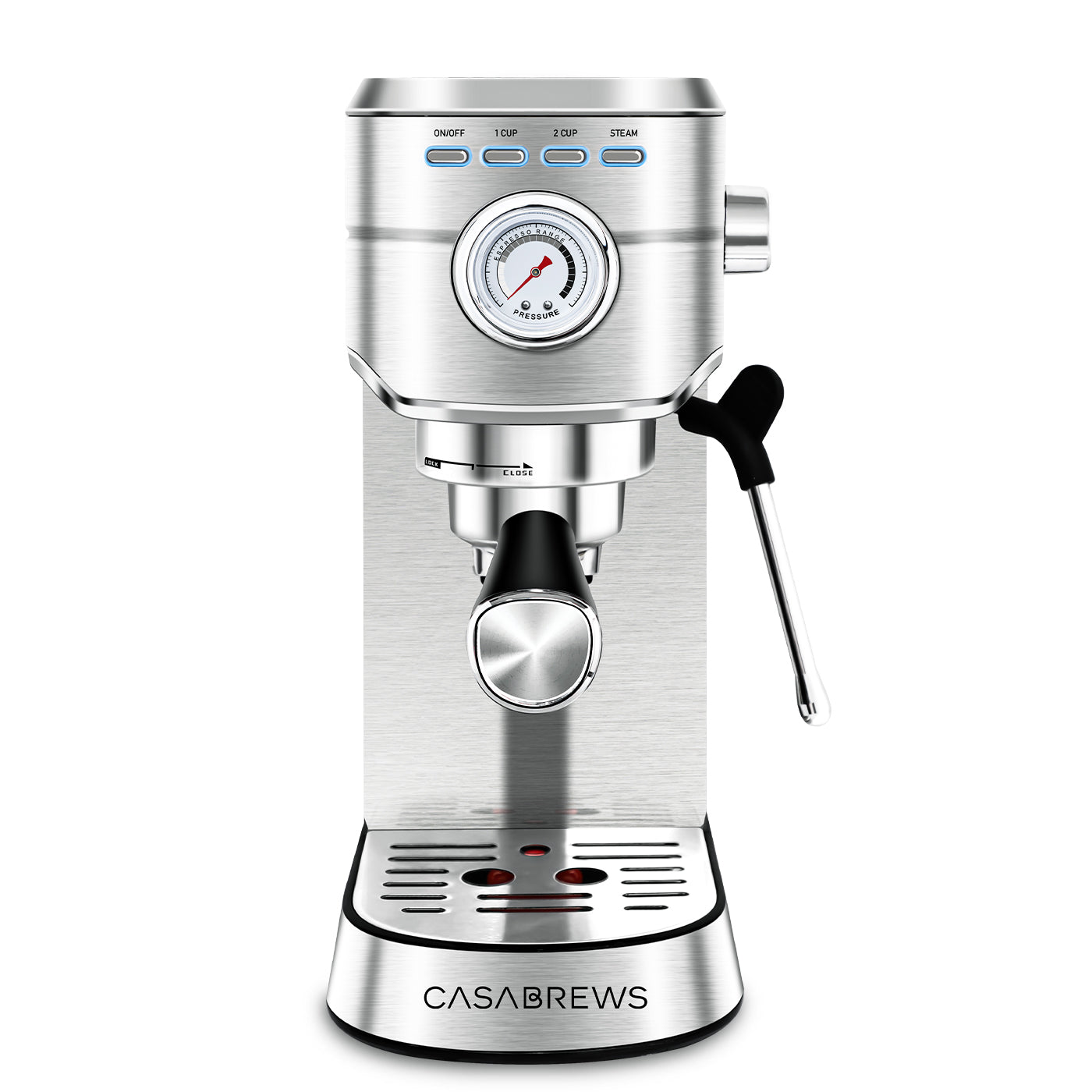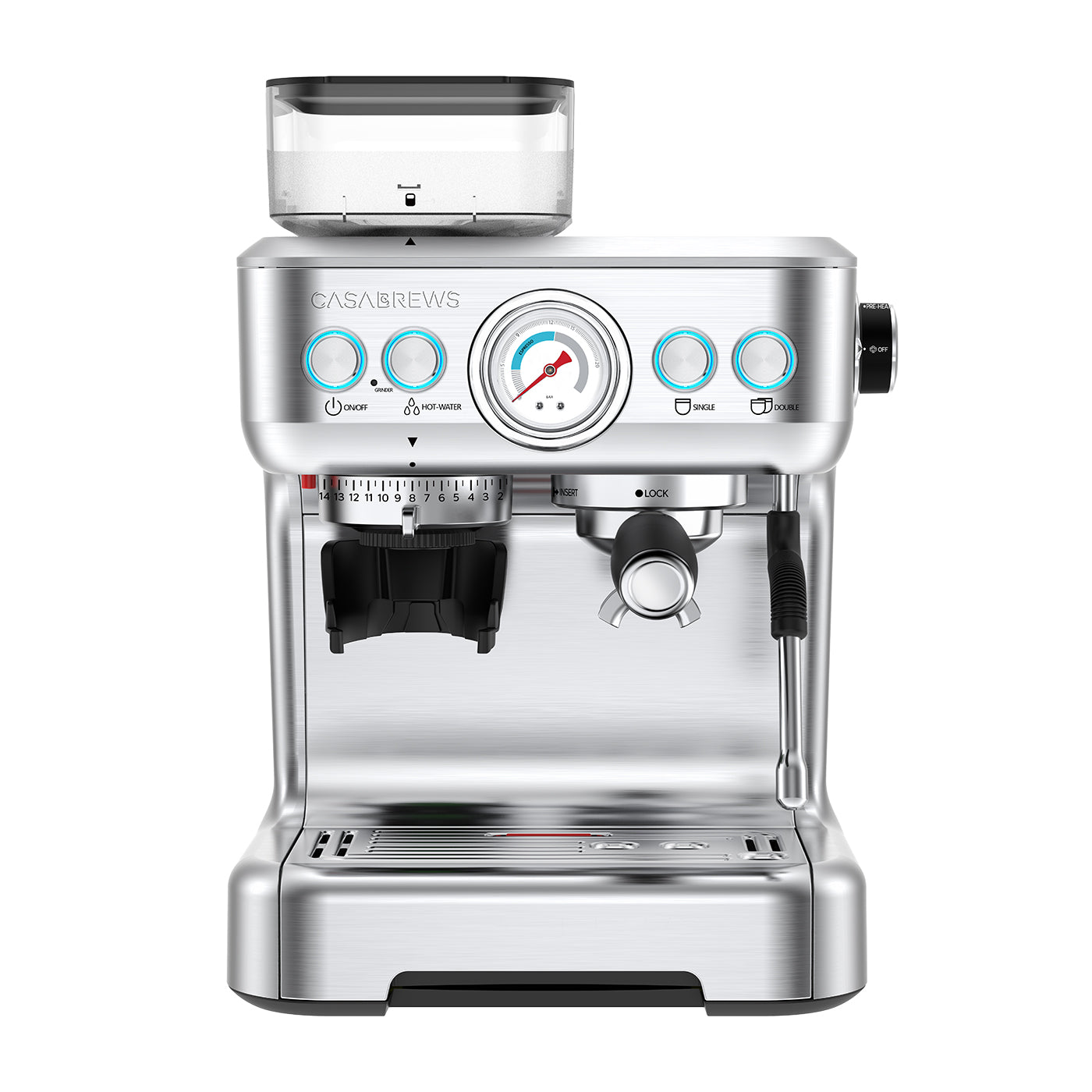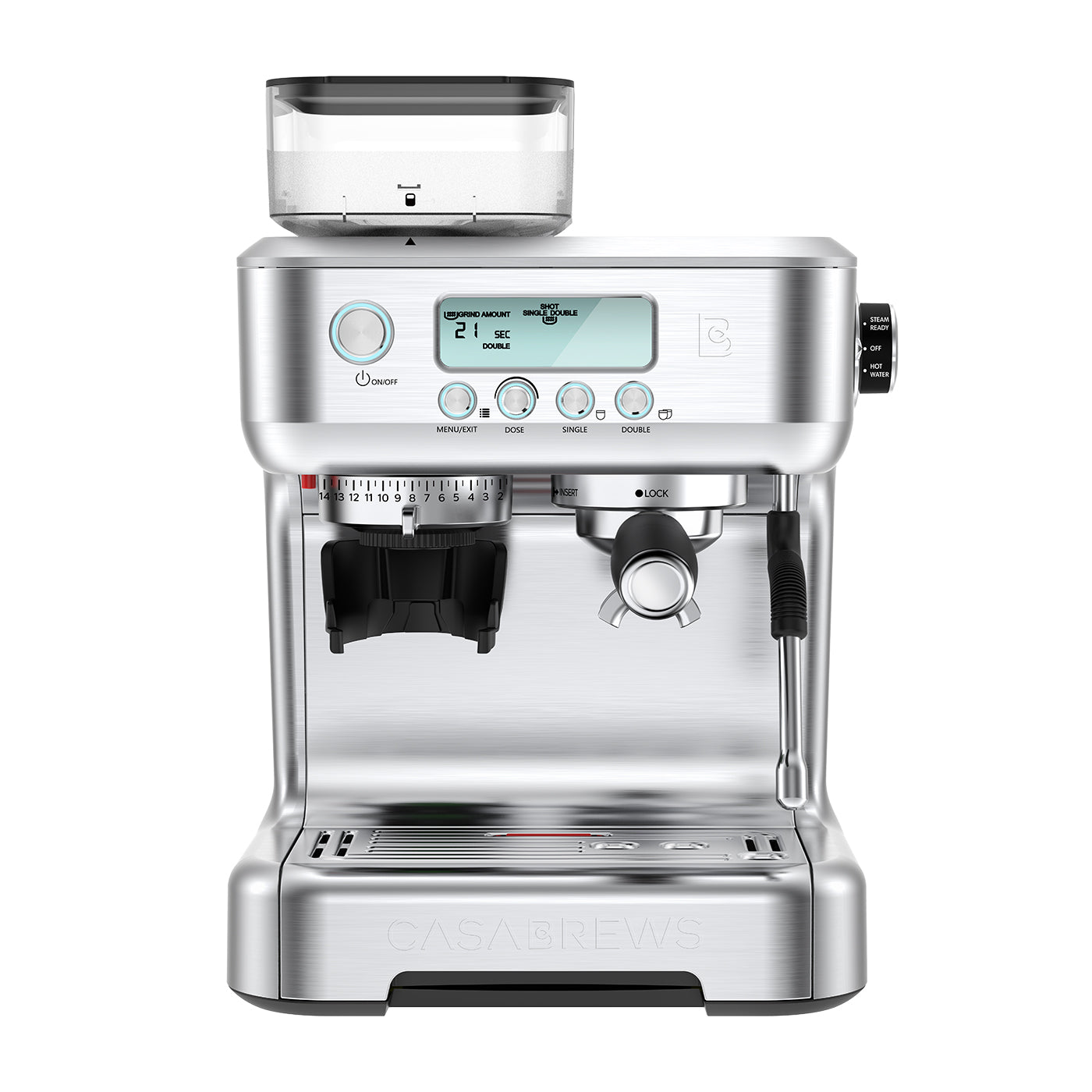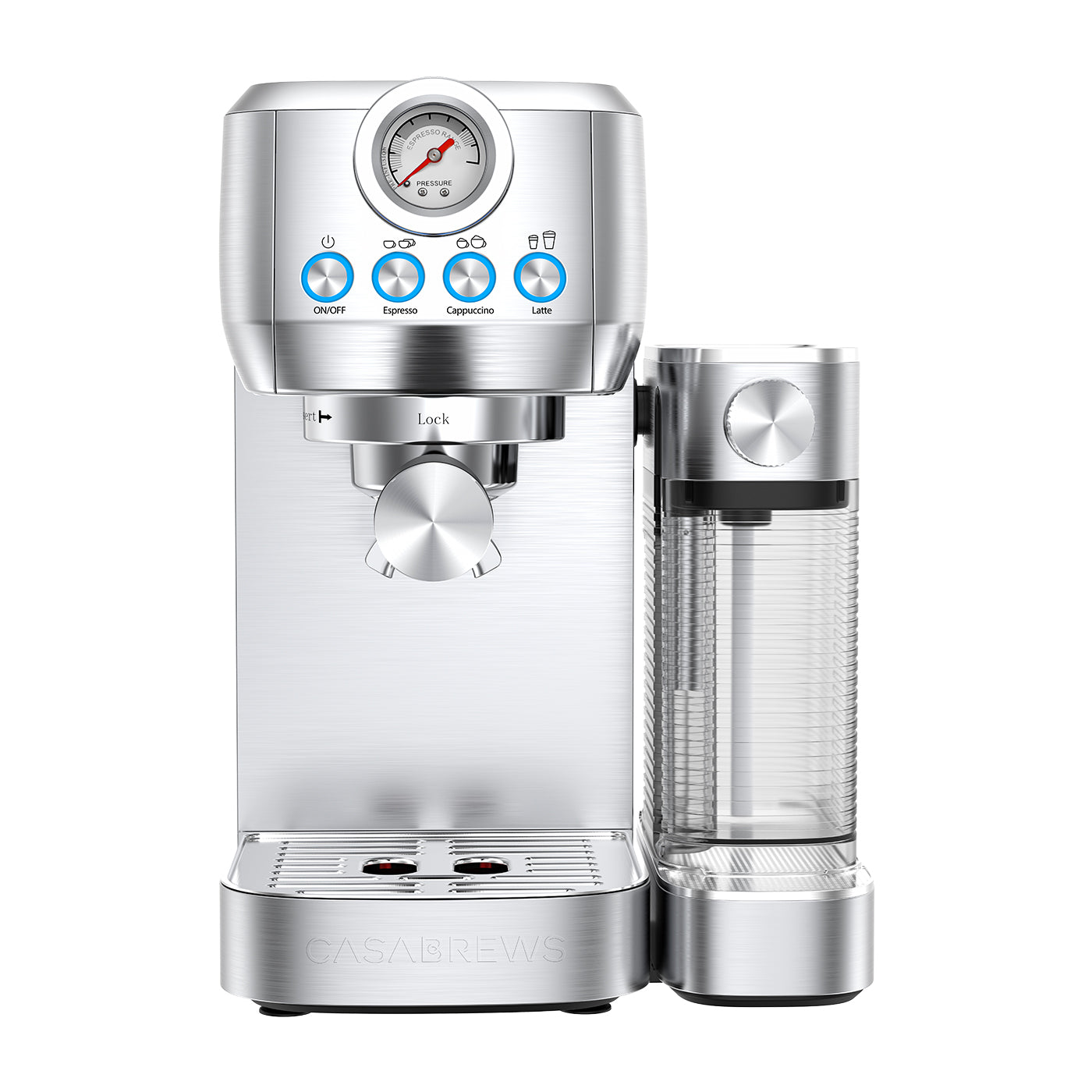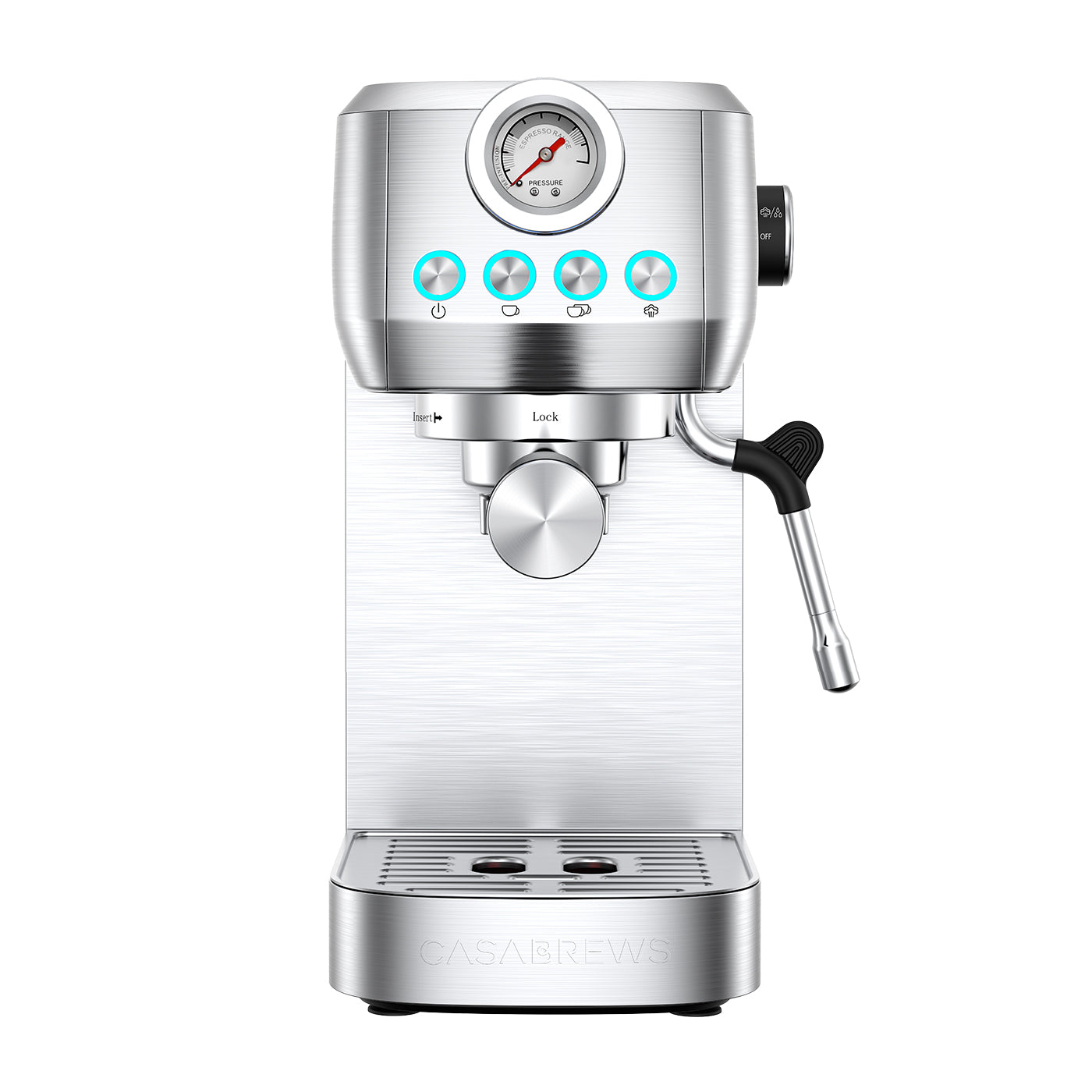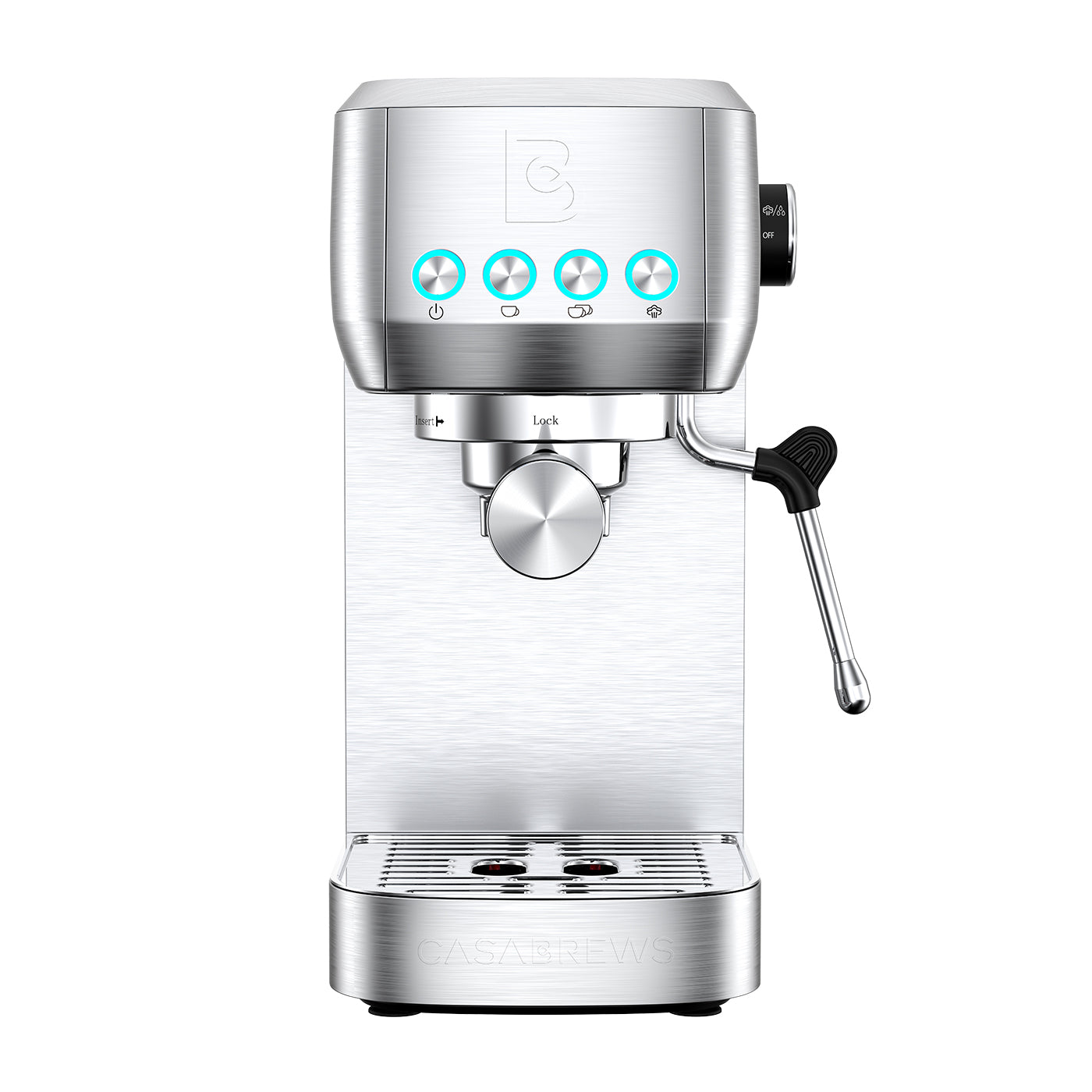Different Types of Coffee Beans
You've probably noticed at some point when browsing through the coffee section of your local grocery store that most, if not all, of the bags, have "Arabica Coffee" or "Arabica Beans" printed on them. Have you ever wondered why? In reality, there are several kinds of coffee beans, with Arabica being the most popular. But, there are also other varieties that are significantly less common in the United States.
We often think about things like roasting characteristics or source of origin when we consider how coffee is classed and sold. Having this knowledge will help you know what to expect from a particular coffee, but it doesn't give you the full picture. Let's explore the different kinds of coffee that exist and what makes each one special!
Different Types of Coffee Beans
We'll be talking about the four most common varieties of coffee beans: Arabica (coffee arabica), Robusta (Coffea canephora), Liberica (coffee Liberia), and Excelsa (coffee liberica var. dewevrei). Let's find out what defines these different coffee types.
Arabica
As already mentioned, Arabica is the most popular (and perhaps the most highly advertised) kind of coffee in North America. That's because the flavor is very sweet and delicate, and the coffee itself is usually less acidic. High elevations above sea level, particularly those where rain falls often, are ideal for growing Arabica beans. Brazil, which is well-known for its luscious jungles, is the world's top supplier of Arabica beans.
The plants themselves need a good amount of trimming and constant attention to ecological sustainability because they are pretty sensitive. It's difficult to cultivate coffee arabica in large quantities since this species is likely to get sick. Due to the bean's softer, sweeter flavor, a lot of coffee enthusiasts throughout the world are willing to pay the higher price on the worldwide market.

It's important to keep in mind that the popular yet delicate bean's flavor is considered to be somewhat diluted when served cold or combined with milk or creamer. Even if that may be the case, it's safe to assume that when you add more flavor to the beverage, the difference usually won't be obvious.

Robusta
Robusta coffee beans rank second in terms of worldwide output and are the most common in Europe, the Middle East, and Africa. This bean's name perfectly represents its flavor profile, which is robust and sometimes bitter, but some weirdos seem to like that for some reason. Compared to Arabica species, the robusta plant is far more tolerant, thanks to its incredibly high caffeine content. This is because caffeine has a natural insect repellent effect, minimizing any major risks to the tree, so you won't need to baby it like Arabica. The coffee canephora species can thrive in a wide range of temperatures and elevations since it's exceptionally adaptable to most environments.

Except in cultures where drinking very strong coffee is the norm, robusta is not typically a very popular coffee product due to its reputation for tasting burnt or leathery. However, many farmers do tend to make more money when they can sell Robusta because it's so much simpler to cultivate and harvest than Arabica beans.
Where is it headed, then? Robusta is sometimes used as a filler in dark roasts and for low-cost products like instant coffee. A roaster may save up to 20% on the price of raw beans by mixing three parts Arabica to 1 part Robusta in a particular mix. You would be correct if you thought that this sacrificed the quality of the product for the sake of the bottom line. But occasionally, great, premium Robusta coffees do make it to the shelves of supermarkets, so it's not all that bad!

Arabica
As already mentioned, Arabica is the most popular (and perhaps the most highly advertised) kind of coffee in North America. That's because the flavor is very sweet and delicate, and the coffee itself is usually less acidic. High elevations above sea level, particularly those where rain falls often, are ideal for growing Arabica beans. Brazil, which is well-known for its luscious jungles, is the world's top supplier of Arabica beans.
The plants themselves need a good amount of trimming and constant attention to ecological sustainability because they are pretty sensitive. It's difficult to cultivate coffee arabica in large quantities since this species is likely to get sick. Due to the bean's softer, sweeter flavor, a lot of coffee enthusiasts throughout the world are willing to pay the higher price on the worldwide market.

It's important to keep in mind that the popular yet delicate bean's flavor is considered to be somewhat diluted when served cold or combined with milk or creamer. Even if that may be the case, it's safe to assume that when you add more flavor to the beverage, the difference usually won't be obvious.

Robusta
Robusta coffee beans rank second in terms of worldwide output and are the most common in Europe, the Middle East, and Africa. This bean's name perfectly represents its flavor profile, which is robust and sometimes bitter, but some weirdos seem to like that for some reason. Compared to Arabica species, the robusta plant is far more tolerant, thanks to its incredibly high caffeine content. This is because caffeine has a natural insect repellent effect, minimizing any major risks to the tree, so you won't need to baby it like Arabica. The coffee canephora species can thrive in a wide range of temperatures and elevations since it's exceptionally adaptable to most environments.

Except in cultures where drinking very strong coffee is the norm, robusta is not typically a very popular coffee product due to its reputation for tasting burnt or leathery. However, many farmers do tend to make more money when they can sell Robusta because it's so much simpler to cultivate and harvest than Arabica beans.
Where is it headed, then? Robusta is sometimes used as a filler in dark roasts and for low-cost products like instant coffee. A roaster may save up to 20% on the price of raw beans by mixing three parts Arabica to 1 part Robusta in a particular mix. You would be correct if you thought that this sacrificed the quality of the product for the sake of the bottom line. But occasionally, great, premium Robusta coffees do make it to the shelves of supermarkets, so it's not all that bad!

Typically, these are single-origin coffees produced by artisanal, small-batch roasters. Although they are not always accessible, the greatest Robusta coffee beans will feature traces of chocolate and rum in their flavor profile. At the end of the day, if getting your daily dosage of caffeine is your major concern, you'd probably be better off choosing a regular cup of Robusta and taming the flavor with cream and sugar.

Liberica
Liberica coffee beans are an extremely unusual find. They must be cultivated in very specific conditions, and there are just not enough of them to allow farmers to scale up their operations to efficiently supply a worldwide market. Many people who have sampled the coffee compare its scent to that of fruit and flowers and say it has a slightly "woody" taste.
Liberica coffee enjoyed enormous popularity at one point. Near the end of the 19th century, a plant illness known as "coffee rust" spread over the world and destroyed practically all Arabica plants. Farmers and government organizations both went out to develop alternative solutions because coffee was a cash crop even at that time.

Typically, these are single-origin coffees produced by artisanal, small-batch roasters. Although they are not always accessible, the greatest Robusta coffee beans will feature traces of chocolate and rum in their flavor profile. At the end of the day, if getting your daily dosage of caffeine is your major concern, you'd probably be better off choosing a regular cup of Robusta and taming the flavor with cream and sugar.

Liberica
Liberica coffee beans are an extremely unusual find. They must be cultivated in very specific conditions, and there are just not enough of them to allow farmers to scale up their operations to efficiently supply a worldwide market. Many people who have sampled the coffee compare its scent to that of fruit and flowers and say it has a slightly "woody" taste.
Liberica coffee enjoyed enormous popularity at one point. Near the end of the 19th century, a plant illness known as "coffee rust" spread over the world and destroyed practically all Arabica plants. Farmers and government organizations both went out to develop alternative solutions because coffee was a cash crop even at that time.

The Philippines was the first country to harvest and market the Liberica plant in huge quantities, and as the only provider, the country's economy saw extraordinary growth. The Philippines was still a U.S. colony during this time, but as their economy developed, they declared their independence. As a result, the United States imposed severe economic sanctions and stopped supplying the nation. Due to the fact that no other countries ever stepped up and could match the output that the Philippines had previously pioneered, this eventually resulted in the downfall of the Liberica coffee bean on the international market.

Excelsa
Excelsa is the last variety of coffee beans we'll cover today. Although Excelsa officially belongs to the Liberica family, its species is very different. Similar to the Liberica coffee previously mentioned, Excelsa is mainly cultivated in Southeast Asia and accounts for a very small portion of the global coffee output.
In addition to having a tart, fruitier flavor, Excelsa is renowned for combining the characteristics of both light and dark-roasted coffees to produce a distinctive profile that is highly sought after by coffee connoisseurs.

The Philippines was the first country to harvest and market the Liberica plant in huge quantities, and as the only provider, the country's economy saw extraordinary growth. The Philippines was still a U.S. colony during this time, but as their economy developed, they declared their independence. As a result, the United States imposed severe economic sanctions and stopped supplying the nation. Due to the fact that no other countries ever stepped up and could match the output that the Philippines had previously pioneered, this eventually resulted in the downfall of the Liberica coffee bean on the international market.

Excelsa
Excelsa is the last variety of coffee beans we'll cover today. Although Excelsa officially belongs to the Liberica family, its species is very different. Similar to the Liberica coffee previously mentioned, Excelsa is mainly cultivated in Southeast Asia and accounts for a very small portion of the global coffee output.
In addition to having a tart, fruitier flavor, Excelsa is renowned for combining the characteristics of both light and dark-roasted coffees to produce a distinctive profile that is highly sought after by coffee connoisseurs.

Wrapping it up
Finding what you like and sticking with it is important while drinking coffee. Think about how you truly prefer to drink your coffee. Hot, iced, with or without creamer? Considering that Arabica and Robusta are the most common and reasonably priced varieties, you'll normally come across will help you make your decision. Throughout this post, we’ve gone through some of the main types of coffees available in the world today, and now, you can go out in the world and try the best of them all!

